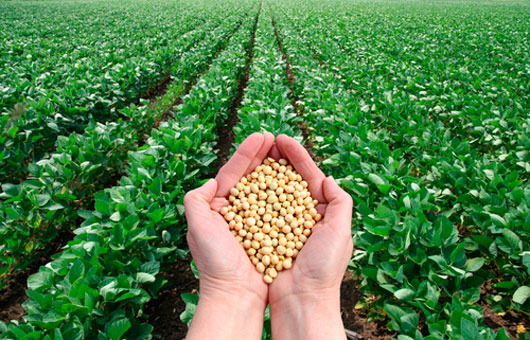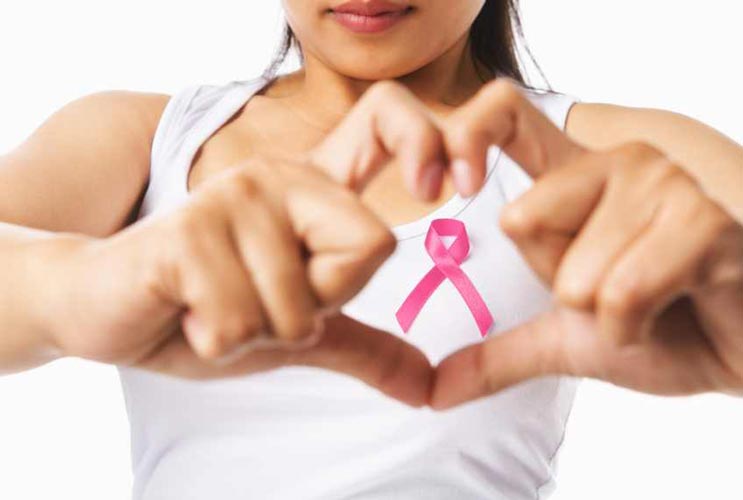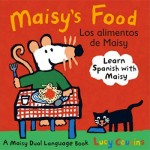
Soy, once limited to traditional Asian cooking, is showing up in all types of products marketed as a “healthy alternative”—soy milk, soy yogurt, soy pudding, mayo, burgers, cream cheese, protein bars, cereal—you name it. And many other foods contain ingredients derived from soy we are not even aware of—to the extent that, in one way or another, it is probably present in almost all our meals. So why should we worry, especially if it’s good for us?
But then, what do we really know about soy? The issue is greatly simplified by a popular misconception: since soy beans come from Asia and Asians have lower rates of chronic disease, including obesity, heart problems and diabetes, we will derive these health benefits by incorporating soy into our diet. Well, it’s not that simple. Even after adding soy, our diet and lifestyle are very different from those of women in Asian countries. And even though breast cancer incidence may be lower in Asia, they have higher rates of other types, like stomach cancer.
SOY: THE BASICS
Soy (Glycine max) is a member of the pea family, native to southeastern Asia. It has long been a dietary staple in Asian countries, where fermentation and tofu were invented centuries ago. Introduced to the United States in the 1800s, cultivation became large-scale during World War II. Today about half of the world’s soybean crop is grown in the U.S., where, in recent years, a powerful industry has successfully promoted the benefits of soy.
If you ask any doctor about soy however, the answer will probably surprise you. The positives: it’s a complete source of protein and it’s a lean substitute for red meat, might come with a note of caution, about conflicting reports and warnings to consume it in moderation. Plus, most agree we should stay clear of the elevated concentrations found in highly processed products, such as soy supplements and powder.
An excellent source of protein, with all essential amino acids, soy contains many phytochemicals, like phytosterols, saponins, phenolic acids and phytates; but the focus of most studies are the bean’s isoflavones: genistein, daidzein and glycitein. These are phytoestrogens, which act much like our own estrogen. In younger women, who still produce high levels of estrogen, the effects of isoflavones are not that strong. But as women age and their estrogen decreases, the situation may change.
Read Related: Life-Changing Health Benefits of 6 Super Fruits
POSITIVE & NEGATIVE EFFECTS
Among other claims, soy isoflavones are portrayed as helpful in relieving menopause symptoms. But a closer look at the promoted uses and the scientific evidence to back them up will turn up conflicting results:
- Treating Menopause Symptoms: After the Women’s Health Initiative Study found an increased risk of breast cancer and heart problems linked to Hormone Replacement Therapy for postmenopausal women, many turned to natural estrogen found in plants as a safer approach. A number of studies have evaluated the effectiveness of soy products for these symptoms, with conflicting results. The benefits of soy isoflavones for postmenopausal women remain unclear, as a study that reviews previous research on this topic concludes.
- Preventing Osteoporosis: Similarly, trials to compare the effect of soy on bone density have diverging results—in some there is an apparent benefit from some soy products while others see no effect.
- Preventing Heart Disease: Soy consumption seems to have a positive effect on blood pressure according to some studies. Yet, it is unclear whether the isoflavones or another component has this effect. In other studies, while postmenopausal women benefited from the intake of soy, men showed an adverse effect. In conclusion, more research is needed to determine any cardiovascular protective effects.
- Reducing Cholesterol: Studies show that adding soy protein to the diet can lower total cholesterol and LDL, or “bad” cholesterol.
- Preventing Cancer: Apparently soy may reduce the risk of some types of cancer, while increasing the risk of others, as numerous studies reveal. On the positive side, trials have found anticancer properties for soy in relation to prostate, lung and endometrial cancer. But there are reports of increased risk of bladder cancer linked to soy. The greater concern for women, breast cancer, has mixed results: in general studies based in the U.S. have shown no benefits from the consumption of soy, while studies of Asian women reveal reduced risk associated to soy, as explained by the American Cancer Society. At the same time, soy isoflavones have promoted breast cancer growth in lab animals.
SOY FOR WOMEN
Soy is neither the miracle food touted by producer associations nor one of the worse poisons in our diet, as some health blogs portray this bean. Women should take into account their risk of hormone-sensitive cancers before increasing their intake of soy products and have realistic expectations as to the benefits. The key word for doctors is moderation in consuming soy foods, while concentrated soy supplements are generally not recommended.
If soy is replacing other sources of protein, such as processed and red meats, there may be overall health benefits. But knowing how protein is extracted from soy beans, to make burgers for example, would surely dampen your appetite for this healthier version of the American classic.
Most importantly, women with a history of breast cancer and those who are in treatment for breast cancer should avoid soy supplements altogether, since studies show interactions with tamoxifen and aromatase inhibitors, according to Memorial Sloan-Kettering Cancer Center.











